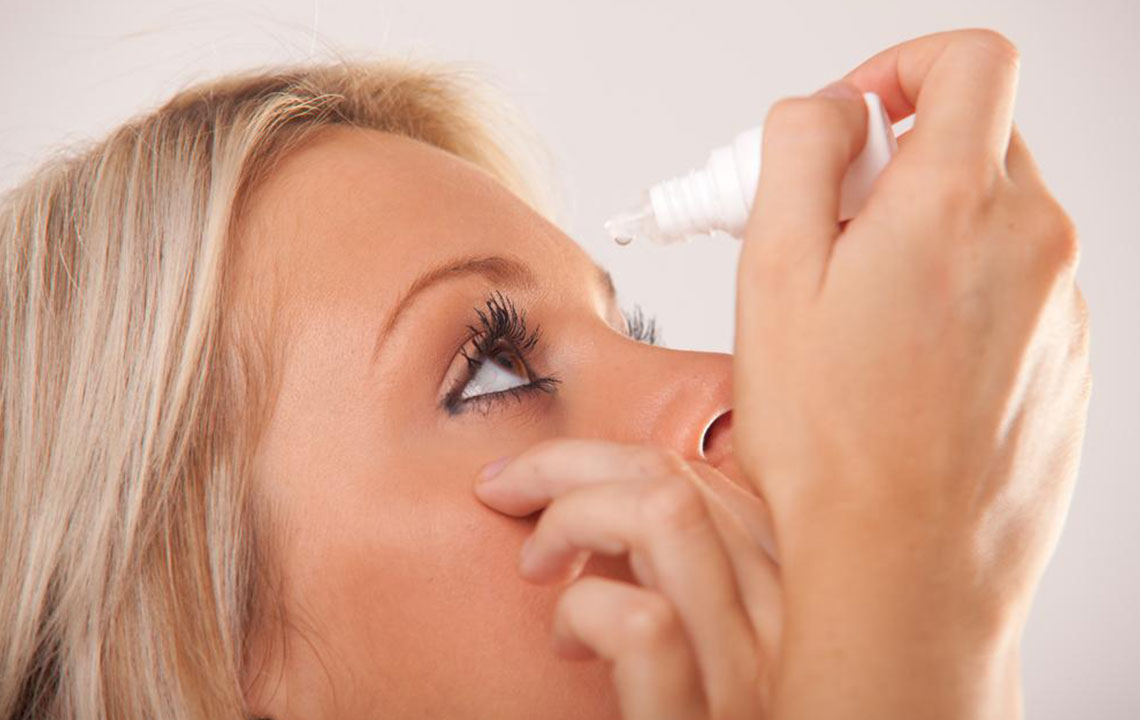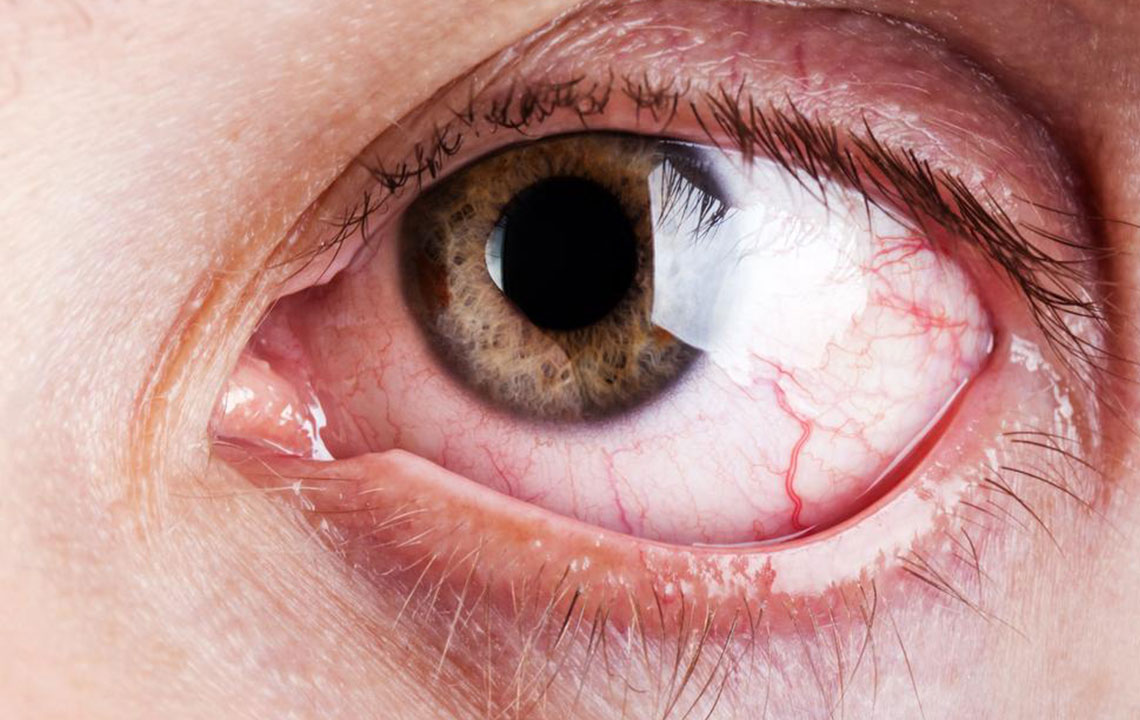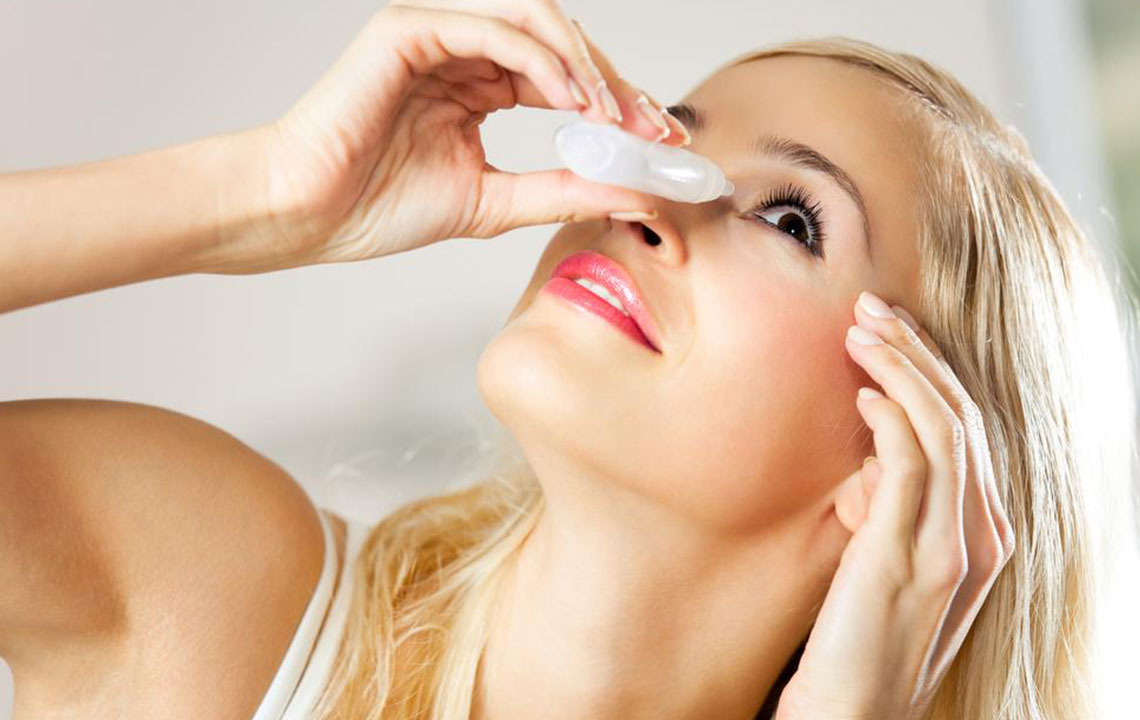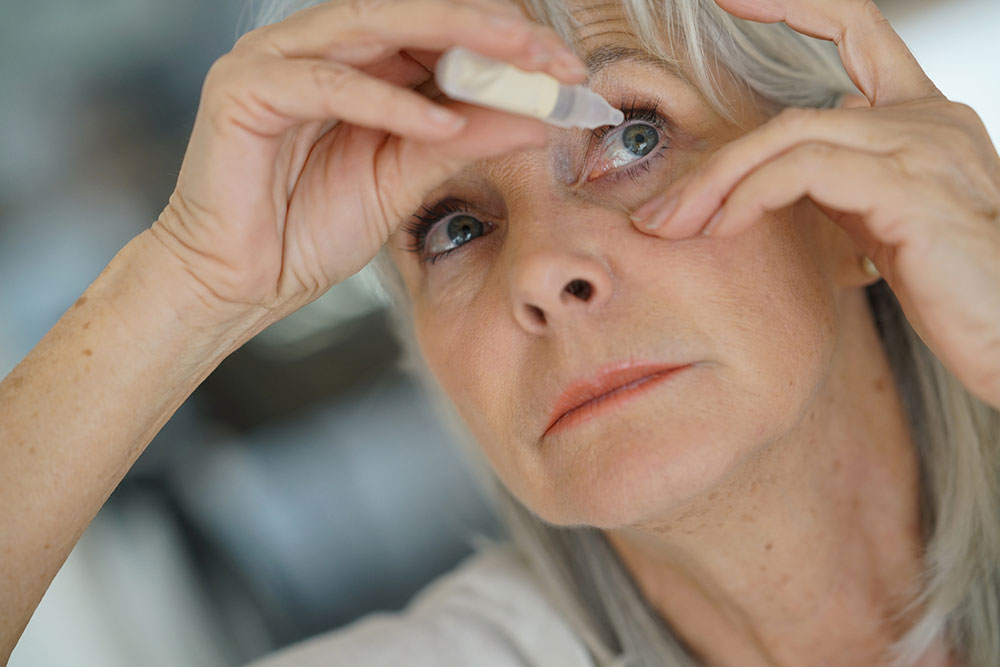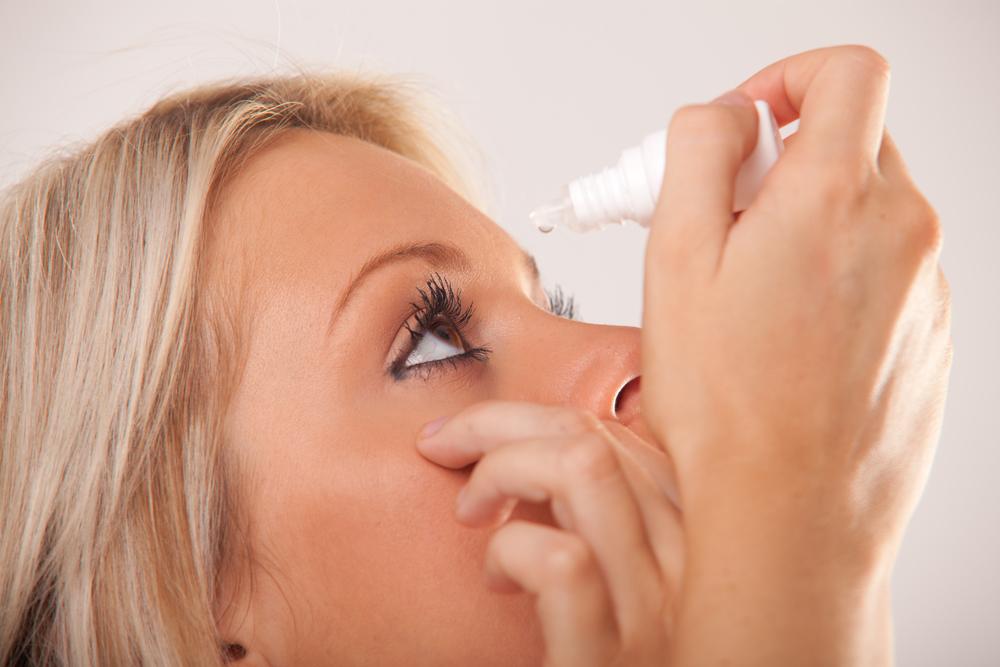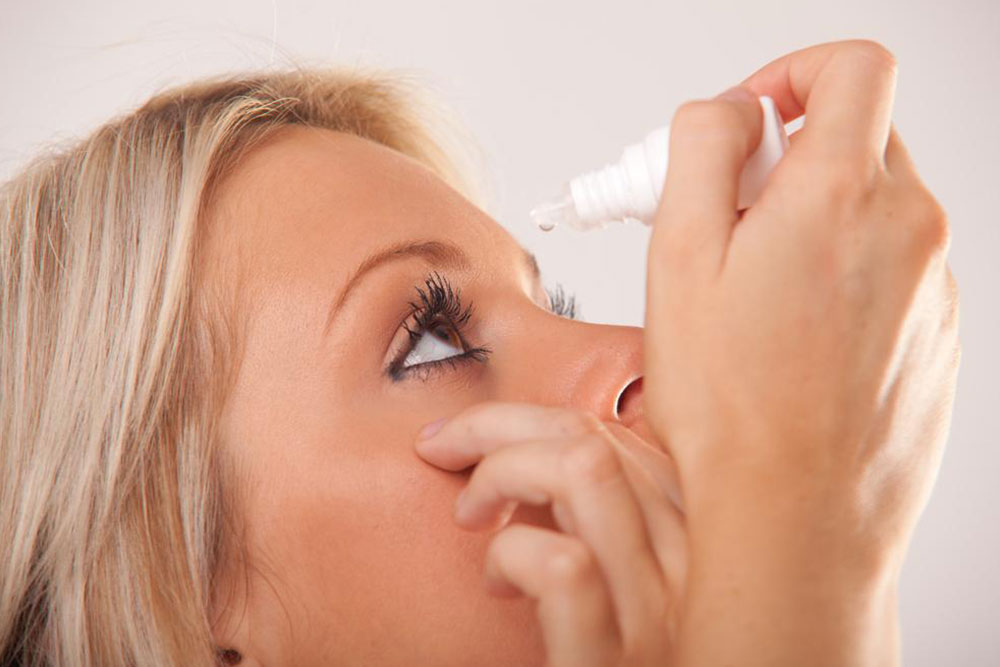Comprehensive Guide to Dry Eye Syndrome: Causes, Symptoms, and Effective Treatment Strategies
Dry eye syndrome affects countless individuals worldwide, causing discomfort and visual issues. This comprehensive guide explores its causes, symptoms, diagnosis, and available treatments. Understanding the factors involved, recognizing early signs, and adopting proper management strategies can greatly improve quality of life. From lifestyle modifications to advanced medical procedures, there are effective options to alleviate dryness and protect eye health. Regular eye check-ups and preventive measures are essential for maintaining ocular comfort and preventing complications, making this an invaluable resource for anyone dealing with dry eyes.
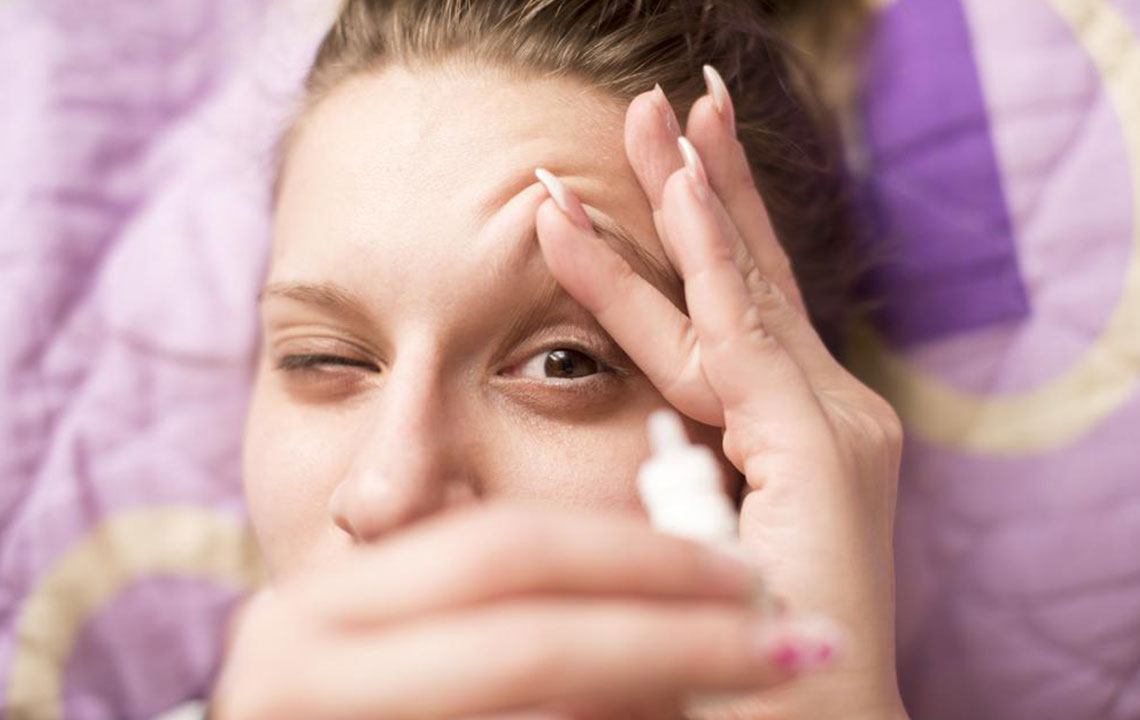
Comprehensive Guide to Dry Eye Syndrome: Causes, Symptoms, and Effective Treatment Strategies
Maintaining healthy eyes requires a proper balance of tears that lubricate and protect the eye surface. Tears are not just simple water; they are complex fluids composed of water, oils, mucus, and proteins. These components work synergistically to keep the eyes moist, clear, and shielded from infections and irritants. When this delicate tear film is compromised or becomes insufficient, dry eye syndrome develops, leading to discomfort, visual disturbances, and potential damage if left untreated.
Dry eye syndrome is a common condition affecting a significant portion of the population globally, particularly with increasing age and environmental changes. It results from either decreased tear production or increased tear evaporation. The etiology is multifaceted, involving various internal and external factors. Understanding the causes, recognizing the symptoms, and exploring effective treatment options are crucial steps toward managing this condition and improving the quality of life for those affected.
Understanding the Causes of Dry Eye Syndrome
The causes of dry eye syndrome are diverse. Age is a primary factor, with tear production naturally declining as people grow older. Women, especially post-menopausal women, are more susceptible due to hormonal changes that affect tear production. Certain medications, including antihistamines, antidepressants, and blood pressure drugs, can interfere with tear secretion. Environmental factors such as dry climates, wind, air conditioning, and prolonged exposure to screens also significantly contribute to dry eye symptoms.
In addition, health conditions like Sjogren’s syndrome, rheumatoid arthritis, and other autoimmune diseases affect tear glands, leading to reduced tear secretion. Eyelid problems, such as blepharitis or eyelid malpositions, can impair tear distribution. Lifestyle factors, including smoking and inadequate hydration, further exacerbate dryness. An understanding of these factors helps in identifying risk groups and customizing management plans.
Recognizing the Symptoms of Dry Eye
Dry eye symptoms can vary from mild discomfort to severe pain. Common signs include persistent dryness, itching, and a sandy or gritty sensation in the eyes. Patients often experience redness, burning, stinging, and a feeling of foreign body presence. Visual disturbances such as blurriness or fluctuating vision are also typical. Tiredness and sensitivity to light may occur, especially after prolonged screen use or reading.
In some cases, excessive tearing may paradoxically happen as a reflex response to irritation. Recognizing these symptoms early is critical, as untreated dry eye may lead to more serious ocular surface damage, corneal ulcers, or infections. If experiencing these symptoms consistently, consulting an eye care professional is recommended for proper diagnosis and treatment planning.
Diagnosing Dry Eye Syndrome
Diagnosis involves a thorough eye examination and specific tests. The ophthalmologist may perform tear breakup time (TBUT), evaluating how quickly tears evaporate or break apart. The Schirmer’s test measures tear production by placing a small strip of paper under the eyelid and assessing wetness over a specific period. Tear film analysis, staining procedures, and eyelid evaluation are also part of the diagnostic process.
Advanced imaging techniques and tear osmolarity testing can offer additional insights into the severity and underlying causes of the condition. Accurate diagnosis is essential for tailoring effective treatment strategies and preventing complications.
Effective Treatments and Management Strategies
Treatment of dry eye syndrome aims to restore tear balance, relieve symptoms, and protect the ocular surface. The first line of treatment often involves artificial tears—lubricating eye drops that supplement natural tears. These come in various formulations, including preservative-free options for sensitive eyes.
Anti-inflammatory medications, such as corticosteroid eye drops or cyclosporine, can reduce ocular surface inflammation, promoting tear production. Punctal plugs, small devices inserted into tear ducts, help retain tears on the eye’s surface, especially in severe cases.
Omega-3 fatty acid supplements have been shown to improve tear quality by reducing inflammation and enhancing natural tear production. Proper eyelid hygiene and management of eyelid margin diseases like blepharitis can also alleviate dry eye symptoms.
Environmental modifications, such as using humidifiers, wearing wraparound glasses, and taking regular breaks from screens, can minimize evaporation and irritation. For persistent cases resistant to conventional therapies, advanced interventions like collagen cross-linking or lipiflow therapy may be considered.
Preventive Measures and Lifestyle Adjustments
Preventing dry eye syndrome involves maintaining good eye health and making mindful lifestyle choices. Staying well-hydrated, avoiding smoke and other irritants, and managing screen time effectively are fundamental. Using protective eyewear in windy or dry conditions can prevent tear evaporation. Regular eye check-ups help catch early signs of dry eye and other ocular issues.
Incorporating omega-3 fatty acids into diet, maintaining proper eye hygiene, and managing underlying health conditions can significantly reduce the risk of developing dry eyes. Educating oneself about environmental and behavioral factors is essential in keeping eyes comfortable and healthy.
Conclusion
Dry eye syndrome is a prevalent condition that can significantly impair daily life if not properly managed. Its causes are multifactorial, including aging, environmental influences, health conditions, and lifestyle factors. Recognizing the symptoms early and seeking professional diagnosis helps in implementing effective treatment plans. Advances in eye care, combined with lifestyle modifications, allow many patients to achieve symptom relief and maintain healthy eyes. Preventive strategies and regular eye care are key to managing this chronic condition and ensuring optimal visual comfort and health.
